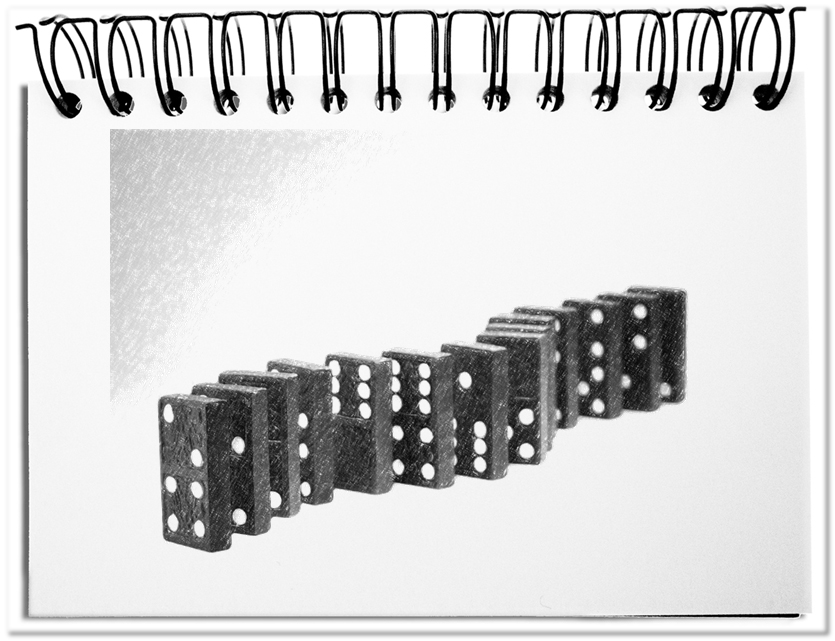It is a long way before different interests are harmonized and eventually benefit from a partnership. It is important to understand what you are prepared to give up and, above all, what you hope to get out of it. Some memberships are the result of negotiations. Others can be bought by paying a certain fee. After successfully joining, you make the best of it. The EU is such a club, which has grown over the years. However, some members do not seem to want to follow the rules of such a membership. They take advantage without fulfilling their duties. And then there are the English, who believe they can leave and still continue to benefit from the merits of the common market. They talked their way out of the advantages.
Actually, the principles of membership are common property.
- Admission criteria
Clubs don’t accept everybody. You have to meet certain conditions to become a member. The definition of these accession criteria is always well defined. The Copenhagen criteria apply to the EU, e.g. institutional stability, the rule of law, a functioning market economy and the adoption of Community law. In other accessions the payment of membership fees is sufficient. As long as the criteria are met, you are entitled to the benefits offered. - Membership start
The membership happens at ones own desire by means of an application and the successful fulfilment of the accession criteria. For the EU it is a complex procedure, the assessment based on a comprehensive questionnaire, the so-called screening. Then negotiations begin, which ultimately end in the accession treaty. Similar steps are also carried out in other associations. The size of these assessments is determined by each individual fellowship – from the receipt of the membership fee to an elaborate procedure, albeit not as extensive as in the case of the EU. - Membership benefits
The main advantages of a membership are the opportunities offered within the association. In the EU these are all the advantages of the internal market, freedom of movement for workers, the abolition of border controls and, of course, the Euro. No matter how one perceives the individual aspects of the EU, the Community seems to be so tempting that countries want to join. The same applies to all memberships. There are interesting offers that have to be balanced against the expenses for the affiliation. If the rating is positive, you become a member and enjoy the advantages as long as you are part of the community. - Membership termination
Each membership may be terminated by either party. So far no one has been forced to leave the EU. On the contrary. The Community has always endeavored to help countries, which have experienced difficulties. With the BREXIT, British policymakers have won the vote of the population to withdraw by presenting the obligations as disadvantages. The procedure promised negotiations about an orderly resignation. Unfortunately, the English have ignored the most important principle of membership: If you leave a club, you are also losing the advantages. This applies to every membership, no matter how difficult the access was.
Bottom line: There is a lot of talk about an orderly or a disorderly exit of England. The calls to order in Parliament no longer help. Probably the only purpose is to bridge the time until 29 March 2019. However, the damage caused by the withdrawal of European businesses will continue to affect the British for many years to come. The hoped-for relief is far exceeded by the follow-up costs. It should be noted that not all of Great Britain will be affected. The Scots will strive for independence and in the end Ireland will likely converge. The English will beam themselves out of the EU into meaninglessness, if they don’t change tack NOW. Following the usual practices, it happens exactly the same as with each cancellation. There are no more fees and one waives the merits. That way they would have talked themselves way out of the advantages.


